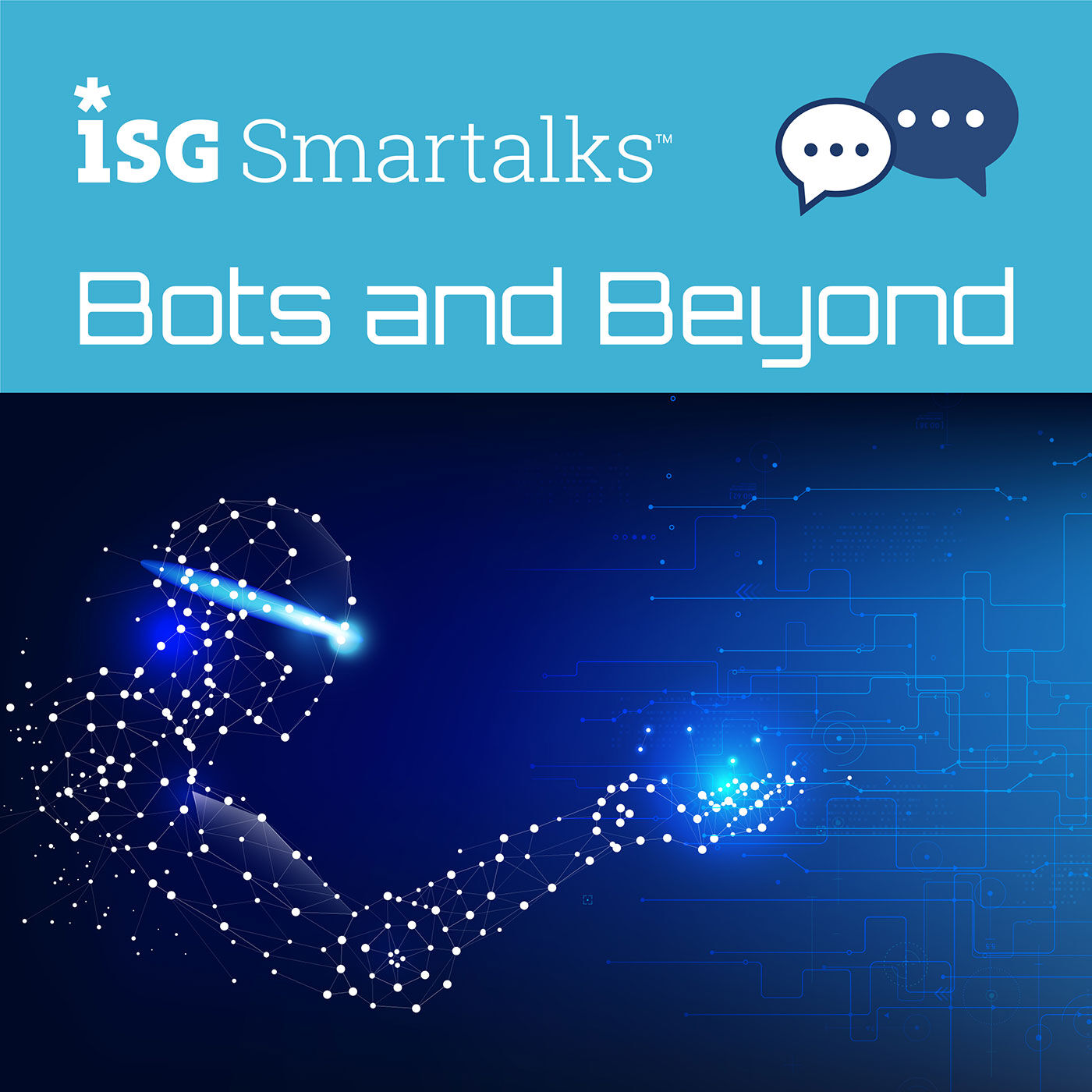Last week, The New York Times reported that artificial intelligence (AI) is creeping its way into the enterprise through back-office automation. While self-driving cars and physical robots are poised to transform the world tomorrow, enterprises today are already automating components of less glamorous business functions like accounting, IT and customer support.
And, while it’s important to avoid getting caught up in definitions (remember the public vs. private cloud wars?), we’d offer a different take. AI isn’t creeping its way into the enterprise. Robotic process automation (RPA) is crashing through the front door. At its most basic, RPA software moves data from system to system using human-defined rules. It’s a stretch to call it AI, since it can’t reason for itself. Actions that basic RPA bots take are defined by humans ahead of time, not learned. RPA bots won’t be predicting the best route for your commute during rush hour any time soon.
But RPA’s lack of depth is also its strength. It’s relatively cheap, easy to deploy and can quickly produce business results by boosting productivity, increasing speed, improving regulatory compliance and data accuracy. It does this by replicating human keystrokes, and it does it 24 hours a day, seven days a week at speeds no human can match. In fact, our experience shows that one RPA bot (equivalent to a license) can do the work of three to ten full-time employees. This is why we see RPA producing actual business results today versus the promised outcomes of AI tomorrow. It’s also why we’re strong proponents of the idea that, while companies should spend time evaluating how AI might impact their business tomorrow, they should be implementing RPA today.
We’re currently measuring the capability and maturity of RPA operations inside enterprises in the U.S, Europe and Asia Pacific. Of the 321 companies we’ve analyzed that have already started with RPA, 18 percent were in a proof of concept or pilot with RPA, while the remainder – a whopping 82 percent - have automated at least one process. Most have automated more, and some companies are well above 50 processes automated to date, supported by tens, and sometimes hundreds of bots. And for the companies at the high end of our capability model – what we call Bot 3.0 companies – almost half of them are exceeding the goals in cost savings, productivity, accuracy, compliance and customer experience they set out to achieve when they started automating.
Where we agree with The Times is that the majority of companies implementing automation are not focused on cutting jobs. Most of the organizations we work with and research are focused on achieving productivity goals, such as returning hours to the business and decreasing cycle times. Of course, cost savings is a goal – no RPA business case would get approved without savings – but that savings typically comes from factors beyond headcount reduction. Instead, savings are often based on avoiding hiring as a company grows or as transaction volumes increase. Interestingly, our research also shows that, as companies mature their RPA capability, their automation goals migrate from cost savings to increased productivity, indicating a growing understanding that RPA does not automate people’s jobs – it automates routine work.
At the recent ISG Automation Summit in New York City, we used “swarm intelligence” technology to ask nearly 50 enterprise automation leaders for their opinion on this very topic. Three quarters of participants felt that automating tasks to improve productivity would be the primary goal over the next three years – not automating roles to save costs.
We then asked the question in a different way: over the next three years, how will automation ROI be calculated? The majority of delegates indicated that improved productivity and speed would the primary way automation business cases will be calculated – in contrast to near or long-term cost savings.
Even though the AI wave is just gathering steam, enterprises can’t afford to ignore it. The good news is there are hundreds of AI vendors emerging, and RPA vendors are adding narrow AI capabilities to their software as well, enabling organization to understand the intent of an email from a colleague in another department, for example, or recognize a purchase order number on a scanned invoice. These technologies don’t operate like traditional software using human-defined rules. They use AI approaches like machine learning to “learn” how to optimize an outcome.
We see significant levels of interest in future adoption of narrow AI technologies – especially those that will help extend the reach of rules-based RPA. Nearly a third of the companies in our current study are experimenting with cognitive today, with another quarter planning to experiment in the near future. This is even more pronounced for Bot 3.0 companies, who have scaled and matured their RPA operations, and are now prepared to move to the next stage, which will enable them to increase the number of processes they can automate and reduce the number of exceptions that humans have to manage. This cycle will continue – and accelerate – so companies that have not yet started with RPA may risk falling even further behind.
In our view, digitization of back- and middle-office business processes – enabled by RPA today and narrow AI technologies tomorrow – represents the next great wave of opportunity for enterprises to reduce costs, improve productivity and increase speed. But, unlike the outsourcing waves in the 1990s and 2000s that took place in far-flung delivery centers, this one will take place on servers in your data center. Our recommendation: get ahead of this automation wave before it comes crashing over you.




